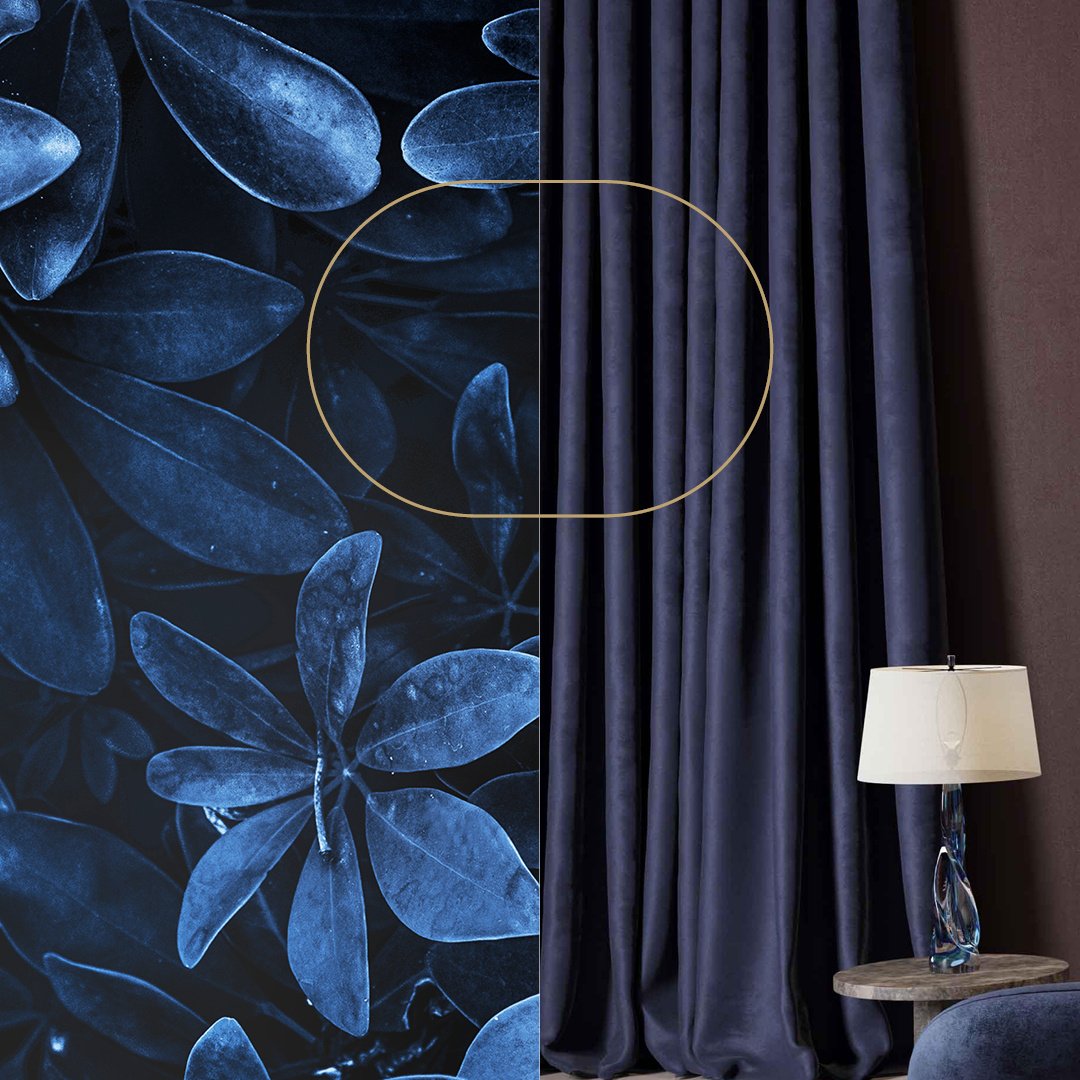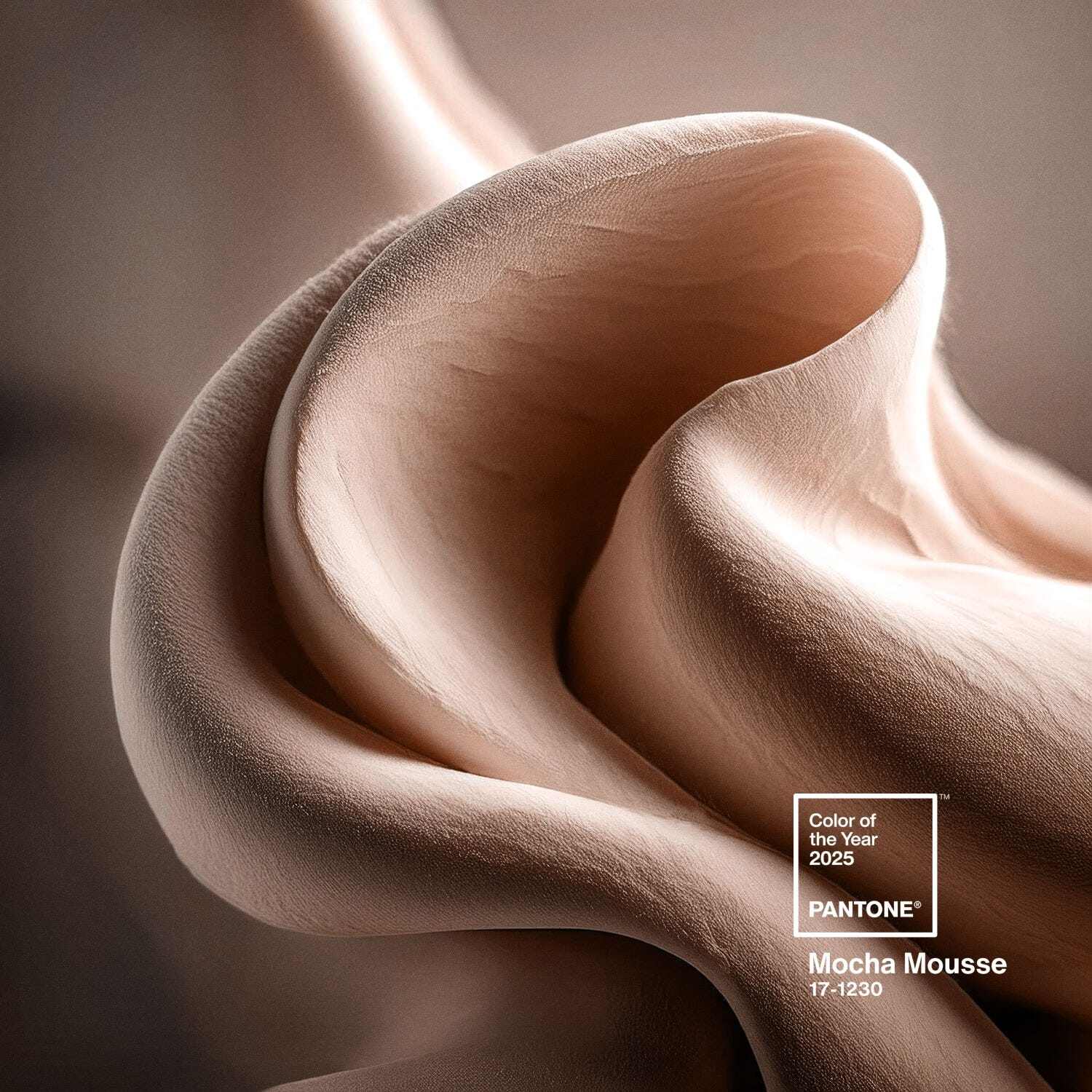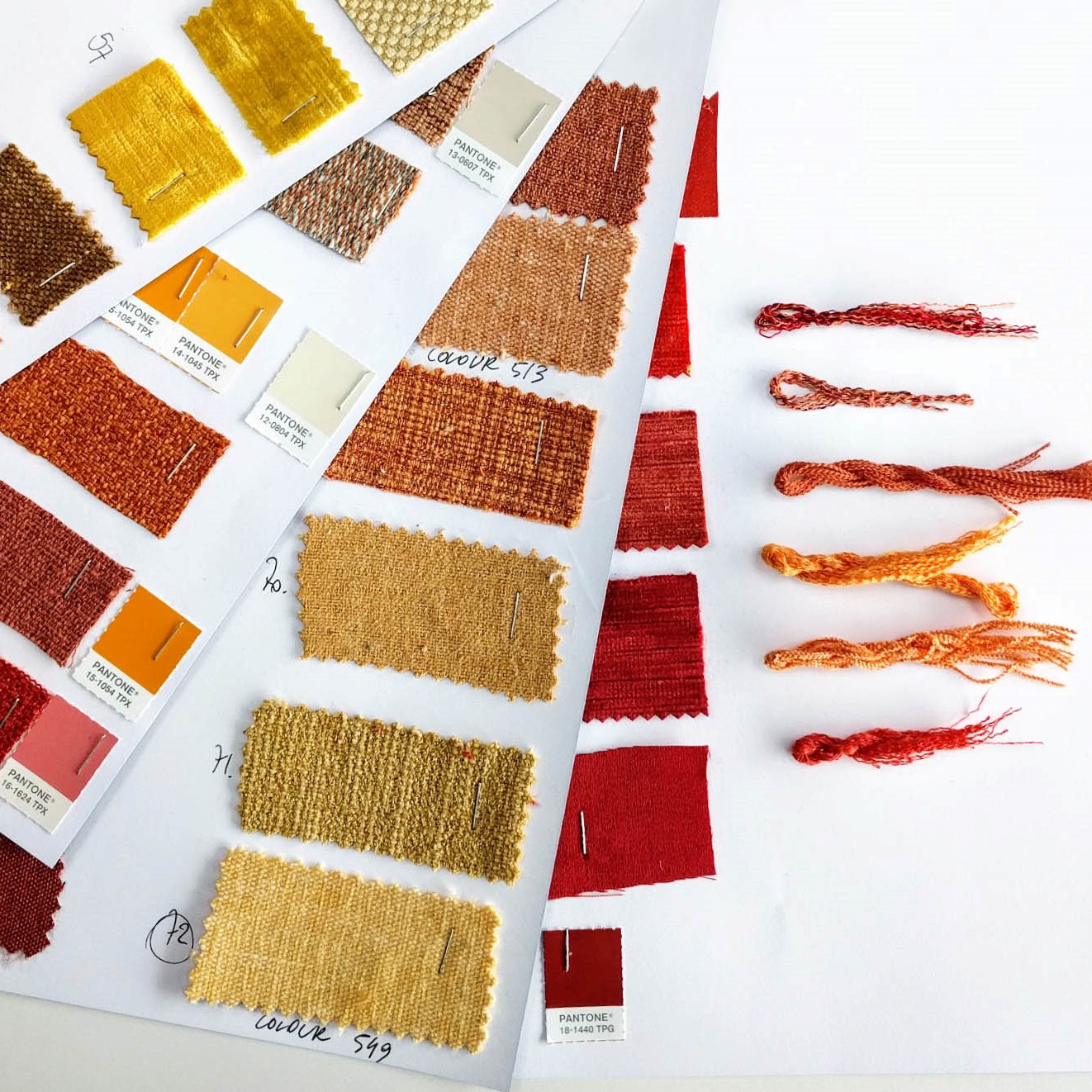Fifty Shades of Sustainable Green Textiles
When textile engineers speak about green, we're talking about far more than a single shade of it. Our green palette spans the entire spectrum, from deep forest emerald to soft sage and vibrant lime tones.
Our fabrics showcase these colours beautifully, of course. We’re not biased at all. This is because we are crazy about colour, and our collections are tangible proof that recycled materials can produce fabrics with vibrant, locked-in colour.
So, no matter what shade you’re looking for, we can offer the full spectrum of green, from eucalyptus to fern green.

Whether you need the subtle sophistication of eucalyptus green for contract drapery or the bold statement of jade for accent applications, our eco fabrics deliver. So how does recycled polyester and colour technology work? It has a lot to do with the Global Recycled Standard.
Let's explain.
How Do Plastic Bottles Become Perfect Green Fire-Retardant Fabrics?
The transformation from discarded plastic bottles to premium furnishing fabric involves six distinct stages, each critical to achieving both environmental and performance standards.
- Stage 1: Collection and Sorting Post-consumer PET plastic bottles are collected through recycling programs worldwide. Our GRS-certified supply chain ensures traceability from this initial stage. The bottles undergo rigorous sorting to remove labels, caps, and any non-PET materials. Colour sorting is particularly important because clear bottles provide the cleanest base for achieving pure green tones, while coloured bottles require additional processing steps.
- Stage 2: Mechanical Processing The sorted bottles enter industrial shredding equipment, creating tiny PET flakes. These flakes are then hot-washed at temperatures reaching 85°C to remove adhesive residues, contamination, and any remaining stickers or labels.
- Multiple rinse cycles ensure the flakes meet food-grade cleanliness standards, essential for textile applications.
- Stage 3: Chemical Recovery and Purification The clean PET flakes undergo depolymerization, which is process that breaks down the polymer chains back to their chemical building blocks. This process removes impurities that mechanical washing cannot eliminate. The purified PET is then repolymerized into textile-grade polyester, with molecular weights specifically engineered for fibre production.
- Stage 4: Fiber Extrusion and Spinning The recycled PET resin is melted at precisely controlled temperatures (260-280°C) and extruded through metal plates with thousands of tiny holes. As the molten polymer emerges, it's cooled and drawn to create continuous polyester filaments. Our ISO 14001 certified mills control this process to achieve the specific denier and tensile strength required for fire-retardant applications.
- Stage 5: Inherent Fire-Retardant Integration Here's where our process differs from standard recycled polyester production. The fire-retardant properties are built into the polymer structure during fibre formation, not added as surface treatments.
- This molecular integration ensures the flame-retardant characteristics cannot wash out or wear away over time, which is crucial for meeting international FR standards like NFPA 701, BS 5867, and EN 13773.
- Stage 6: Specialized Green Dyeing Process Green presents unique challenges in textile dyeing because it typically requires combining blue and yellow dye molecules. With recycled polyester, we've found the fibre structure actually provides better dye penetration than virgin materials, resulting in more uniform colour distribution.
- The dyeing process for our green fabrics occurs in carefully controlled pH conditions (typically 4.5-5.5) with precise temperature ramping. We monitor colour consistency using spectrophotometry throughout the process, ensuring each batch meets our exact green specifications, from deep cadmium green to subtle sage.

Quality Verification at Every Stage
Our Labotex facility conducts testing on the final designs. We verify recycled content percentages, monitor molecular weight consistency, test fire-retardant performance, and conduct all five of our colourfastness tests, rubbing, light, water, washing, and dry-cleaning resistance.
The final result is green fire-retardant fabric containing a minimum of 50% recycled content that performs identically to virgin material fabrics while diverting waste from landfills.
How many plastic bottles are in a metre of our recycled fabric?
Each meter of our green fabric represents approximately 15-20 recycled plastic bottles, transformed through precision engineering into textiles that will perform reliably for decades.
Amazing!
Why Is Green So Popular in Eco-Conscious Textile Design?
Current textile trends show that the days of basic forest green are behind us, as today's green palette reflects nuanced understanding of how colour impacts both environment and experience.
Natural, ‘neutral’ green tones are dominating contract specifications. We're seeing increased demand for green fabrics that complement biophilic design principles: learn more about biophilic design.

In healthcare environments too, fabric colours like sage and mint are very popular, because of their enduring association with calm and stillness. The washability factor becomes even more critical here, as these fabrics (and their delicate colours) must maintain their therapeutic colour properties through countless high-temperature wash cycles.
Hospitality applications are embracing bolder green statements. Our emerald and jade tones create dramatic drapery installations while providing excellent light filtering and temperature regulation properties.
The key is achieving these rich colours while maintaining the fabric's ability to meet key international fire-retardant standards such as NFPA 701, BS 5867, EN 13773, and others.
Looking ahead, we anticipate continued growth in green fabric specifications as the connection between colour choice and environmental consciousness strengthens.
Our commitment to 100% eco composition products by the end of this year means every green fabric we develop will contain at least 50% recycled content.
Get in touch with us today to go green





